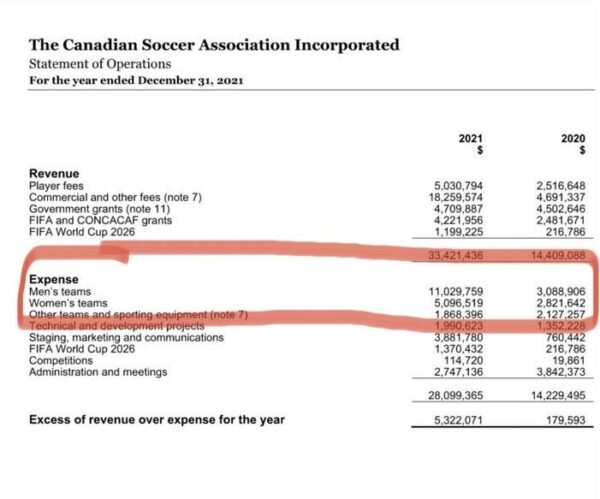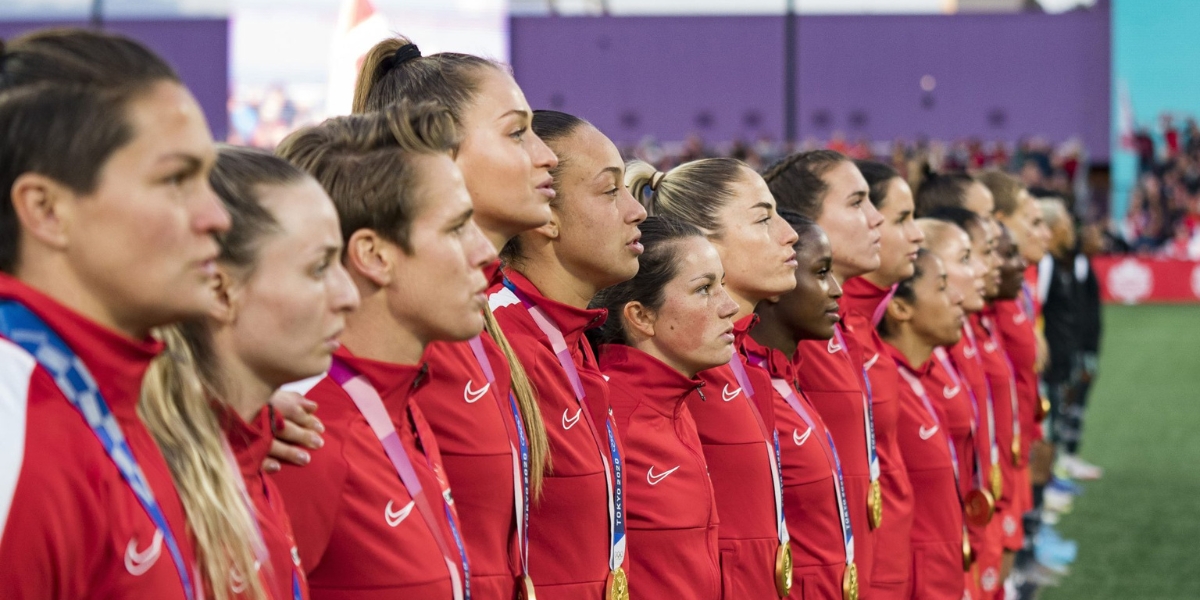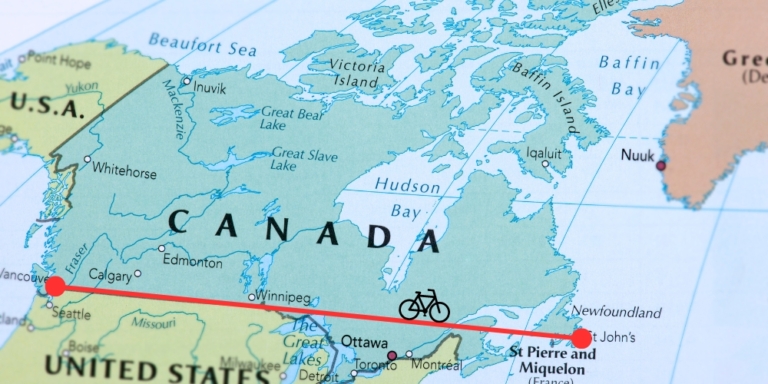On Monday, Canada was eliminated from the FIFA Women’s World Cup after a crushing 4-0 loss against Australia. The team was stacked and arguably more talented than the team that won gold at the Tokyo 2021 Olympics.
So how did Canada lose?
Some are pointing their fingers at Canada Soccer, the governing body for the sport in our country. Canada Soccer is supposed “promote the growth and development of soccer in Canada, from grassroots to high performance, and on a national scale.”
But looking at the governing body’s track record, you could say it’s doing the opposite. The Canada Women’s National Team (WNT) was forced to go on strike earlier this year.


The strike happened because for many months – if not years- the women’s soccer team players tried to talk to Canada Soccer about getting paid the same as the not-so-successful men’s team. They also wanted to stop the budget cuts for the women’s team.
The cuts made by the governing body were made just five months before the Women’s World Cup, where 32 nations compete on the international stage.
Because nothing else was working, the women players announced they would stop attending all Canada Soccer activities as part of the WNT’s strike. They decided to stop playing to make their voices heard. But the WNT’s protest didn’t last long.
The governing body had the WNT’s strike unlawful under Ontario labour law. If Canada Soccer were to pursue legal action, it could have cost the players’ association and individual players millions.
In a Twitter post, WNT captain Christine Sinclair wrote, “To be clear. We are being forced back to work for the short term. This is not over. We will continue to fight for everything we deserve, and we will win.”
The team wanted the same resources as the Men’s National Team (MNT) to prepare for the Women’s World Cup. Instead, Canada Soccer spat in the team’s face.
“The WNT is being told to prepare to perform at a world-class level without the same level of support that was received by the MNT in 2022, and with significant cuts to our program – to simply make do with less,” wrote the WNT in a statement.
A few days before the WNT’s match with Australia, the team struck an interim labour agreement with Canada Soccer. But the deal wasn’t anything to celebrate.


According to a statement made by the WNT, the women were “forced to choose between receiving a fair share of the rewards from our teams’ successes at the World Cup and our commitment to equal pay and equal treatment with our men’s national team.”
According to the terms of the agreement, the deal ensures the WNT receives equal pay with the men’s team. But equality isn’t just about equal pay.
The WNT is looking for fairness in how many chances people get to train, who gets asked to join camps, and the number of staff members. They want things to be equal for everyone.
Can you blame the women for not performing at the top of their game on Monday? The team’s performance was far from that of an Olympic Gold medalist.
That’s not to say the WNT wasn’t playing to win. But there’s no denying that Canada Soccer’s treatment of the team could have played a part.






